Europe
Europe
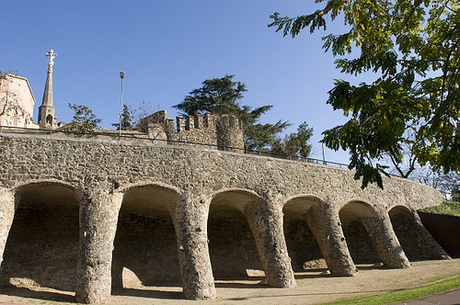
Also known as La Casa Figueras and built nearby the former Royal Palace. It is mainly constructed of local brick and stone. The benches in front of the building seem to be of a different design and this is probably because they were made by Gaudí’s assistant, Domingo Sugranes.
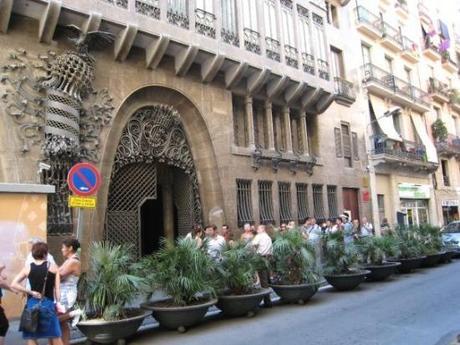
This special and beautiful palace is designed by Gaudí for his family and you can find it at Carrer Nou de la Rambla 3. It is part of the UNESCO World Heritage Site "Works of Antoni Gaudí".
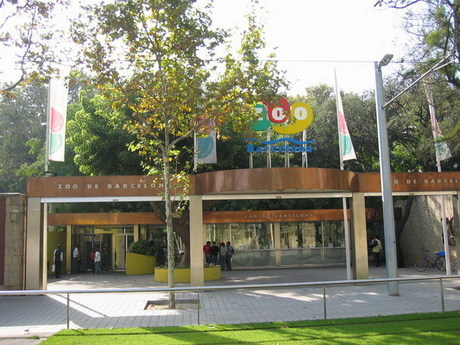
The zoo in Barcelona is located in the city park. Ranked among the top zoos in Spain, it has open enclosures, allowing you to almost touch the animals. There is an infant zoo where children can be introduced to various animals.
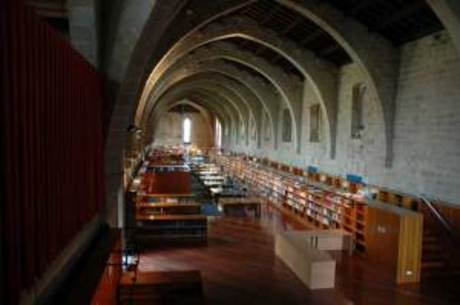
The National Library of Catalonia is a Spanish National Library located in Barcelona. The mission of the Library of Catalonia is to collect, preserve, and spread Catalonian bibliographic production and that related to the Catalonian linguistic area, to look after its conservation, and to spread its bibliographic heritage while maintaining the status of a universal center for research and consultation. It currently occupies 8,820 m² and has about three million items.
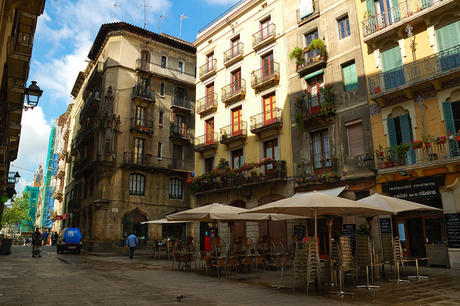
La Ribera neighbourhood is a must for anyone taking a walk through Barcelona. Whether you get there from the Via Laietana or the Arc de Triomf, as you explore the maze of narrow streets in this neighbourhood where merchants, artisans and guilds once, you’ll discover the city of design, leisure and fashion.
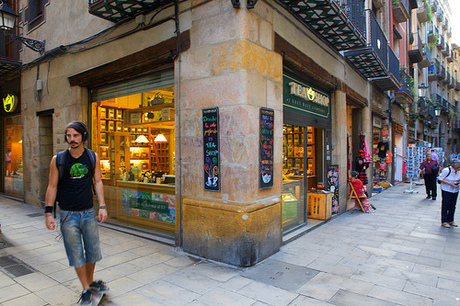
A small village in the city of Barcelona, El Born is quaint and offers a lively and energetic experience. Once the hill for jousting, the area now hosts the shops of violin and glass-makers and shop for authentic souvenirs. Watch the pensioners play cards and carry on a friendly chat at the fountain.
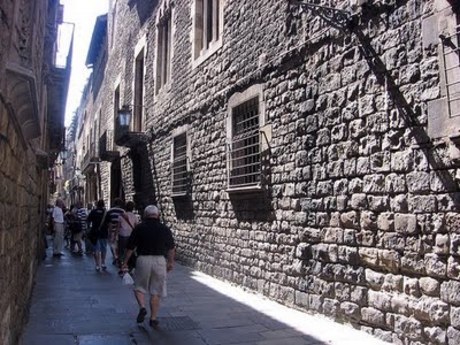
Carrer Montcada is a narrow street typical of Barcelona's Ciutat Vella (old district). During the heady days of Catalonia's empire, Carrer Montcada was the top spot for Barcelona's rich aristocrats and merchants to own a luxury pad.
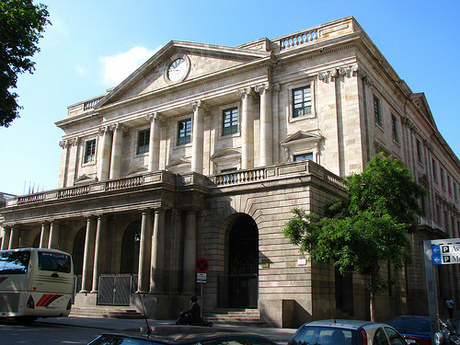
On the Pla de Palau, close to the waterfront, stands a building with a neoclassical façade which conceals one of Barcelona’s best-kept secrets: a jewel of Civil Gothic architecture. Throughout its history, the house of La Llotja has been used for a number of purposes, which have all been linked with trade and seafaring life.
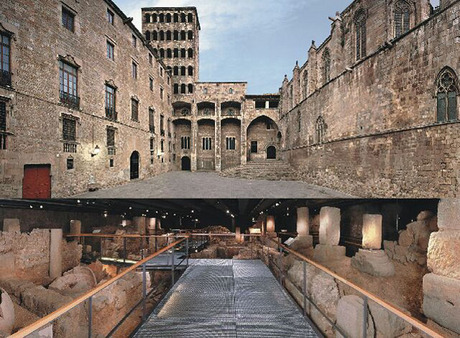
The Catalonia History Museum, or MHCAT (Museu d'Història de Catalunya) offers a fascinating insight into Catalonia's past in a converted former dockside warehouse. The Catalonia History Museum is one of Barceloneta's most interesting cultural attractions.
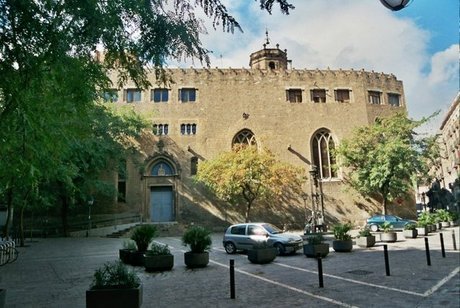
Many of Barcelona’s squares in Ciutat Vella contain astonishing Romanesque landmarks. Time seems to have stood still in the heart of the neighbourhood of Sant Pere, where the church of the ancient convent of Sant Pere de les Puelles still stands. A history dating back centuries marked by renovations which haven’t taken away any of the charm of the original building.
 1 2 3 4 5 6 7 8 9 10 11 12 13 14 15 16 17 18 19 20 21 22 23 24 25 26 27 28 29 30 31 32 33 34 35 36 37 38 39 4041 42 43 44 45 46
1 2 3 4 5 6 7 8 9 10 11 12 13 14 15 16 17 18 19 20 21 22 23 24 25 26 27 28 29 30 31 32 33 34 35 36 37 38 39 4041 42 43 44 45 46 
